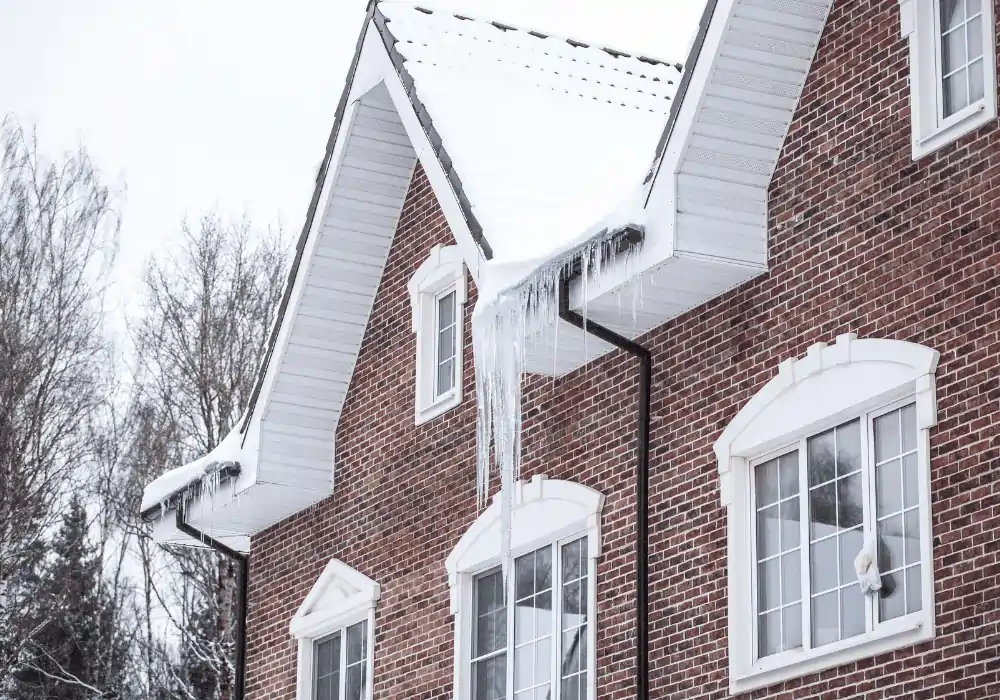Maintaining a home’s structural integrity hinges significantly on the condition of the roof. As a barrier against harsh weather, a provider of insulation, and a contributor to aesthetics, the roof plays multiple roles. Yet, an often-overlooked factor in roof maintenance is temperature fluctuations. These changes can severely affect roofing materials, influencing repair needs and replacement decisions. This blog will delve into how temperature variations affect roof health and what steps homeowners can take to mitigate these effects.
The Effects of Roof Temperature Fluctuations
Material Stress from Temperature Changes

Material-Specific Responses
Different roofing materials react uniquely to temperature stress. Metal roofs, for instance, are more robust against temperature-induced issues than asphalt shingles or clay tiles, thanks to metals’ higher thermal conductivity. However, if not properly maintained, metal roofs can warp or peel. On the flip side, asphalt shingles might become brittle when subject to prolonged high temperatures followed by rapid cooling.
Ice Dams in Cold Climates
In colder regions, temperature fluctuations exacerbate ice dam formation during winter. Warm days followed by freezing nights create ice ridges along roof edges, hampering drainage and causing potential leaks. These freeze-thaw cycles weaken the roofing structure, highlighting the need for regular maintenance.
Moisture and Roof Health
Impact of Humidity and Temperature
Moisture absorption is heightened in humid climates with fluctuating temperatures, affecting materials like wood shakes and porous concrete tiles. This can lead to mold growth or rot if unchecked. Adequate ventilation beneath the roof can prevent excessive moisture build-up and associated damage.
Energy Efficiency

Understanding the impact of temperature fluctuations on roof repairs and replacements is critical for homeowners who desire durability and energy efficiency. By recognizing these factors and planning preventive actions, homeowners can save time, money, and frustration. With the insights provided here, readers are empowered to make informed decisions and ensure safe, comfortable homes for the future. Contact Armour Shield Roofing to get an estimate on your roofing project across Southwestern Ontario.
Armour Shield Roofing strongly discourages homeowners from going up and down ladders or doing repairs on their roofs. The accidents and fatalities sustained by untrained individuals are tragic and avoidable by calling a professional roofing contractor.

